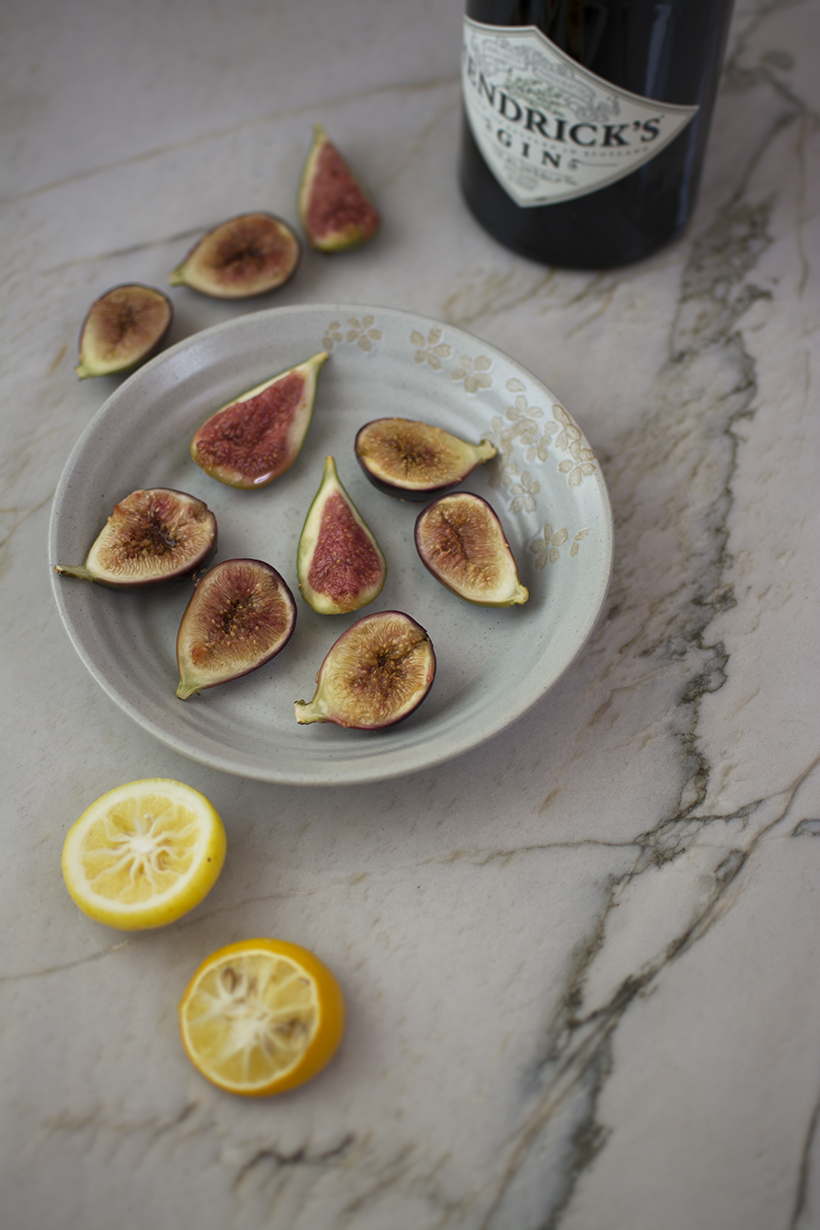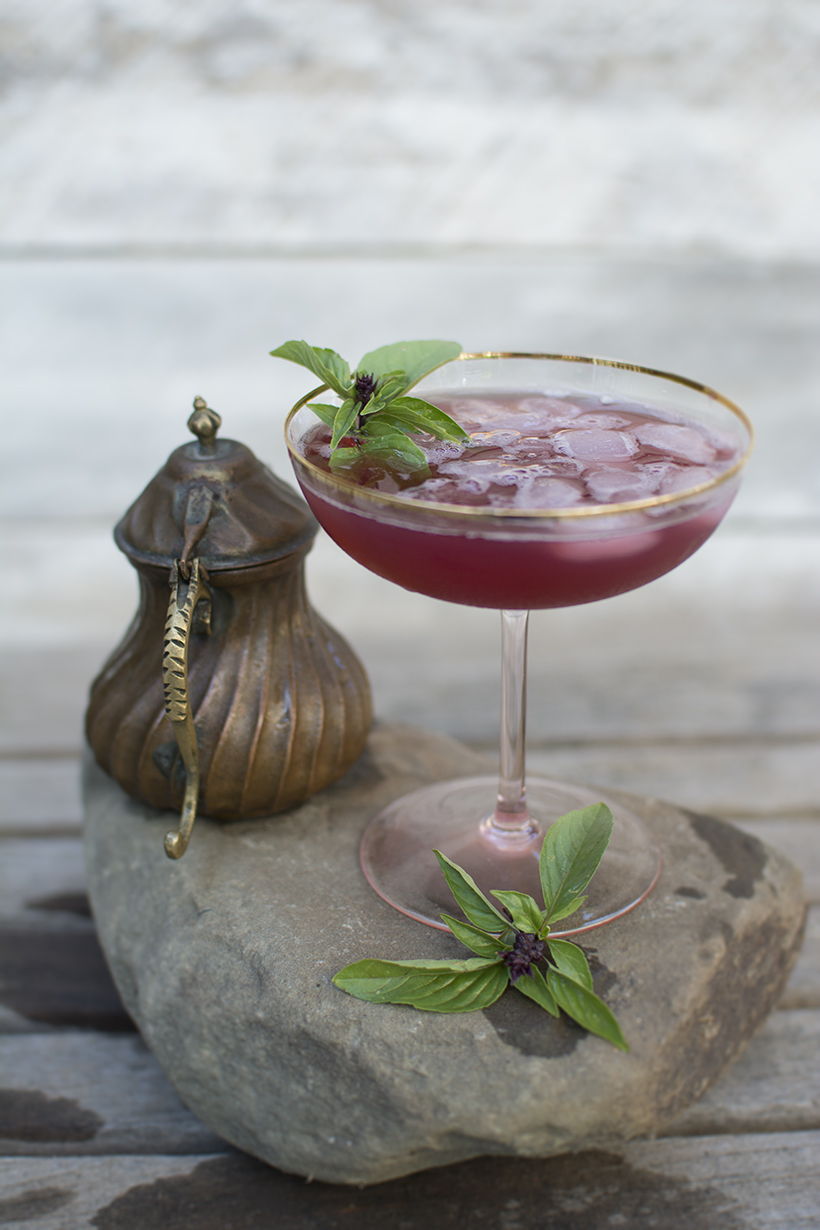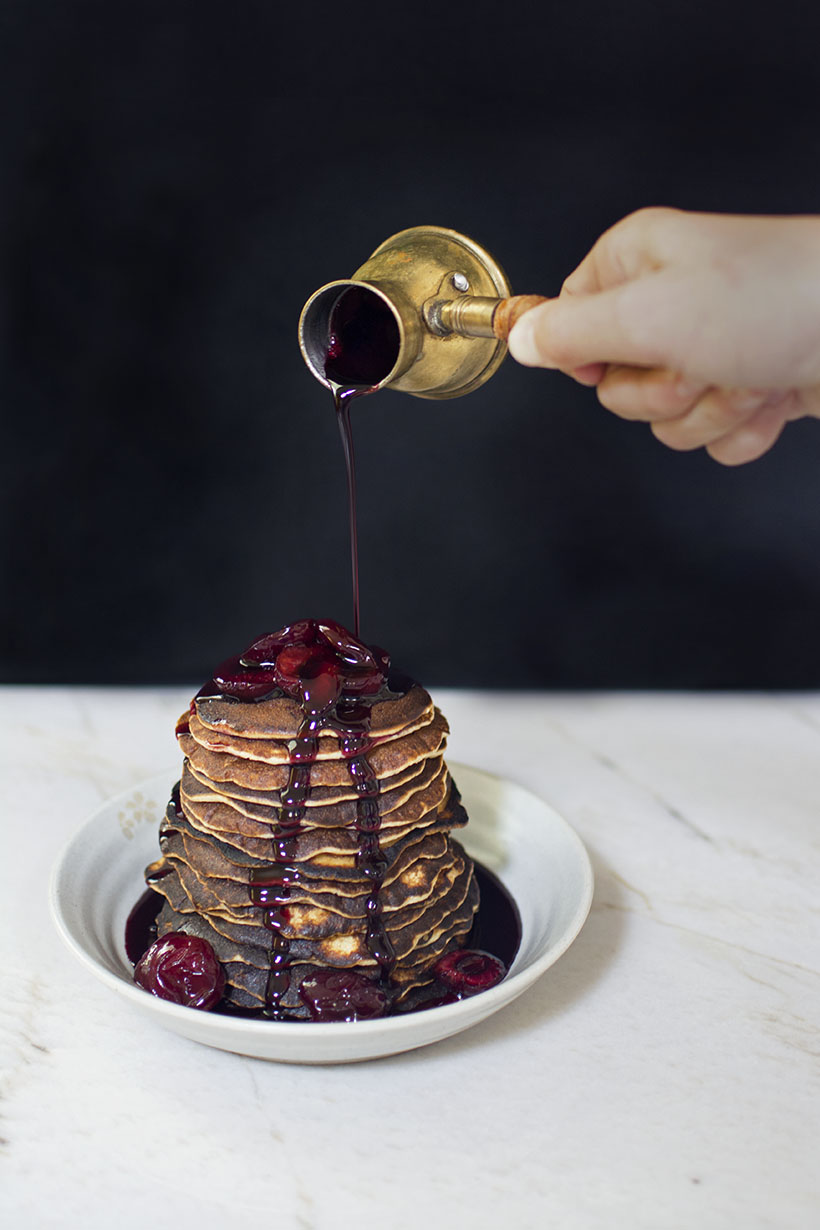
Kevin Feinstein leads Wild Food Walks in San Francisco’s Golden Gate Park and surrounding areas. Originally from Tennessee, Kevin grew up with the standard American diet and lifestyle, never having eaten a fruit from a tree until his early twenties and it was then that he experienced a massive paradigm shift, becoming interested in studying food, gardening, ecology, sustainability, diet, and natural health. He organizes classes and advises for Forage SF.
(Note: Foraging is illegal in public parks, so these classes are for education and identification purposes only.)

The wild onion lily grows like a weed from an underground bulb. The flower itself is sweetly delicious and pungent. The entire plant is edible, including the bulb, but don’t pull it up if you want it to regrow each season. The greens can be chopped and used like chives. This is a superb and easy-to-grow wild edible to add to your own garden.

The black nightshade is indeed edible and nutritious, and not to be confused with its deadly poisonous relative, belladonna. Belladonna is rare and has large blue or purple flowers, while black nightshade has small white with yellow flowers. The fruits are edible when they turn from green to black or dark purple. Treat it like a small tomato, eaten raw or cooked, great in jams, sauces or simply eaten like a berry. Nightshades are easy to grow in a garden or container.
As with all foraging, please be 100% proof positive before you eat any wild plants.

Kevin encouraged us to touch and smell the plants, excluding any stinging nettles of course. This Gingko Biloba tree is found growing in many bay area neighborhoods, and only the female of the species will fruit. However, the fruit is toxic, and the nuts need to be cooked to be eaten, and only then in small quantities.

The wild cucumber delights in appearance with its spikey green balls, but is NOT edible – pickled or otherwise.

Chickweed or Stellaria media which means “little star in the mist” is another wonderful edible that can be grown in your home garden, delicious added to salads – tasting much like sweet corn silk when eaten raw or spinach when cooked. This little star packs a punch of good stuff for you — high in ascorbic acid, beta-carotene, calcium, magnesium, niacin, potassium, riboflavin, selenium, thiamin, zinc, copper, and gamma-linolenic-acid.

A hummingbird nesting in the Strawberry Madrone tree was nonplussed when we picked the bright orange edible fruits. They are soft and edible when ripe, but not my favorite consistency or flavor – rather bland. They might make a nice jam, heavily sweetened.

The day was filled with so much to learn, especially when we came upon a patch of my new favorite, the nasturtium – those little flower buds are not just for decoration and cool photos – they’re edible and mighty tasty. Pop one in your mouth for a juicy peppery explosion!!
If you’re thinking of pulling out your lawn this year, consider planting your own wild edibles. One raised box can produce a summer’s host of fresh greens. Let the mow & blow guys take a break in this California drought period and turn them to the weeding and deadheading instead.





Love the photography and writeup. Just starting to learn about foraging too!
Thank you Ariel. Enjoy your foraging – I can’t get enough and find myself chomping at the bit to learn as much as possible.